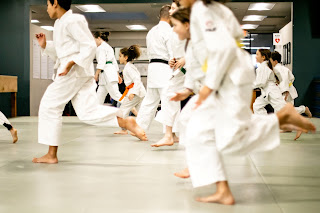Grappling is a concept in combat sports that consist of grabbing and manipulating the opponent. Grappling moves include takedowns, throws, holds, and sweeps, but no striking moves like punching and kicking. Grappling works well for up-close combat and self-defense.
Take a look at grappling arts from China and Korea!
Shuai Chiao – Shuai Chiao, sometimes spelled Shuai Jiao, is the most ancient Chinese martial art. It was first used by the Chinese military in 2697 B.C. and used to feature more violent moves, like striking, joint locks, and even bone breaking and joint dislocation. Now Shuai Chiao focuses more on grappling. The goal is to throw opponent to ground while you’re still standing, or to fall with them, but end up on top of them.
Ssireum – Ssireum is a Korean grappling sport that takes place in a sand pit. You and your opponent’s hands are linked by belts at each other’s waists and thighs. The goal is to throw the opponent off balance and have any part of their body above the knee touch the ground. Ssireum began in the fourth century and is now a national sport in Korea.
Study Judo in Ann Arbor
Does grappling sound fun to you?
It certainly can be! Judo free practice, called randori, is considered to be “play” by many judo students because it’s so much fun!
Are you nervous about long term contracts?
You can sign up for a 2-month trial membership at JMAC to make sure judo is right for you!
To start practicing judo in Ann Arbor, contact JMAC today!
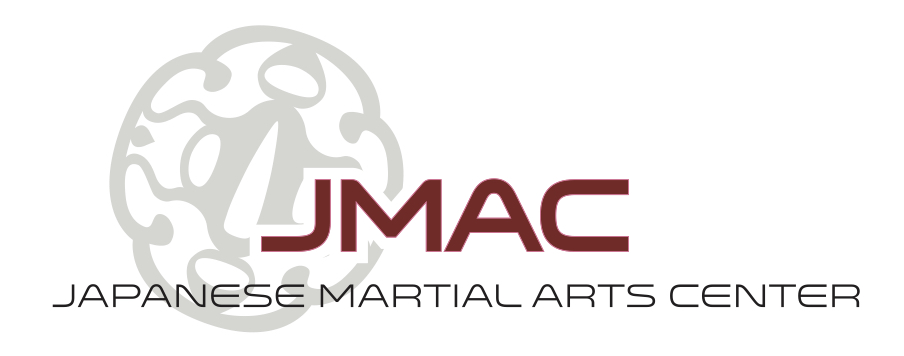

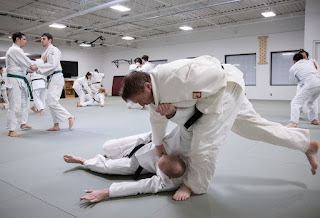


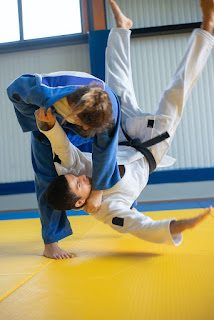







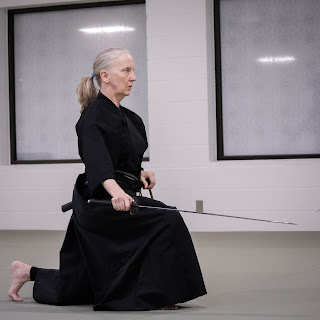




.jpg)
